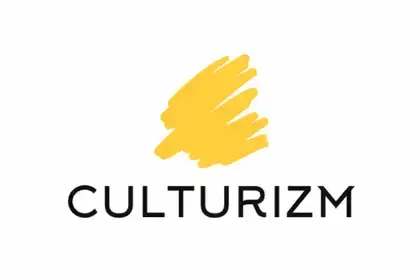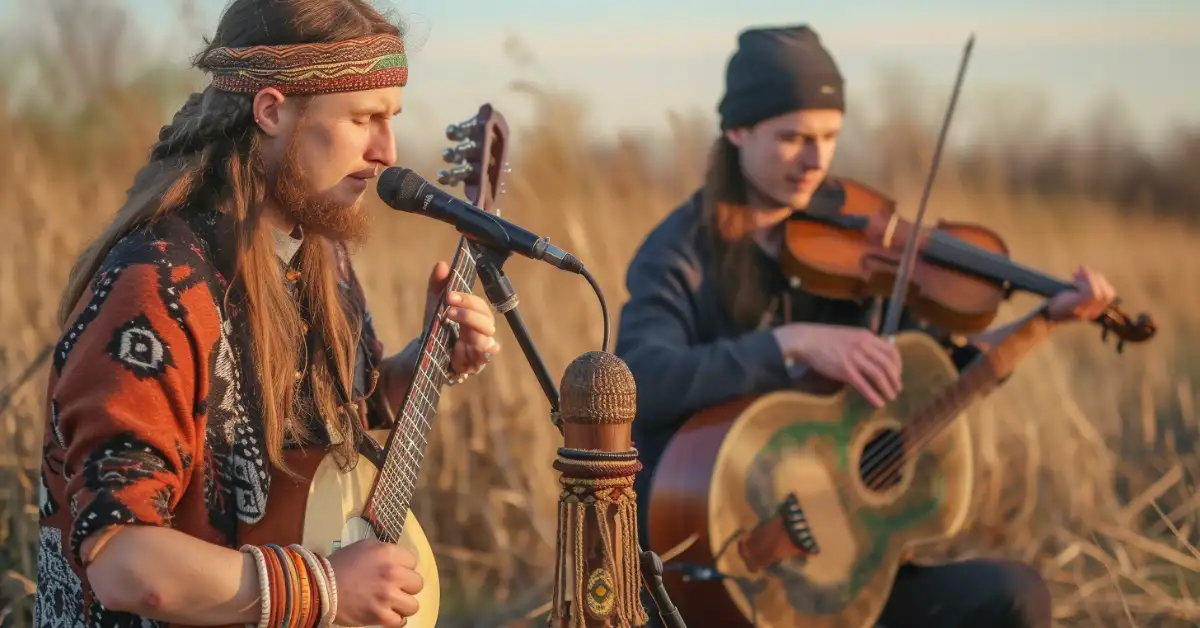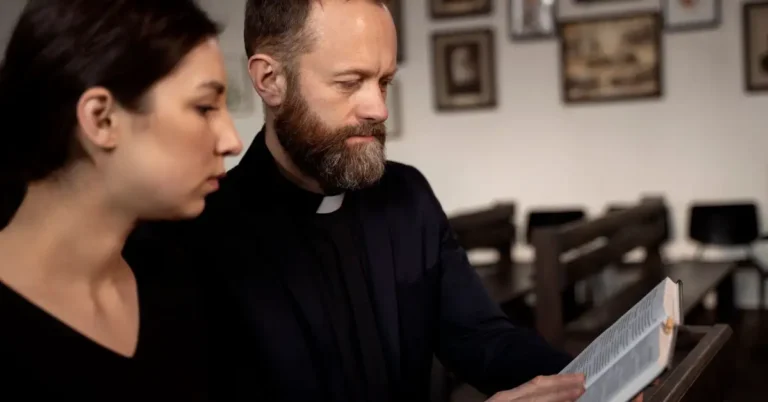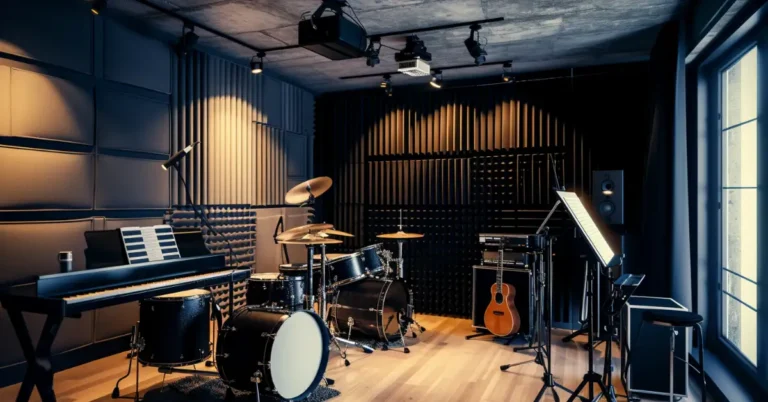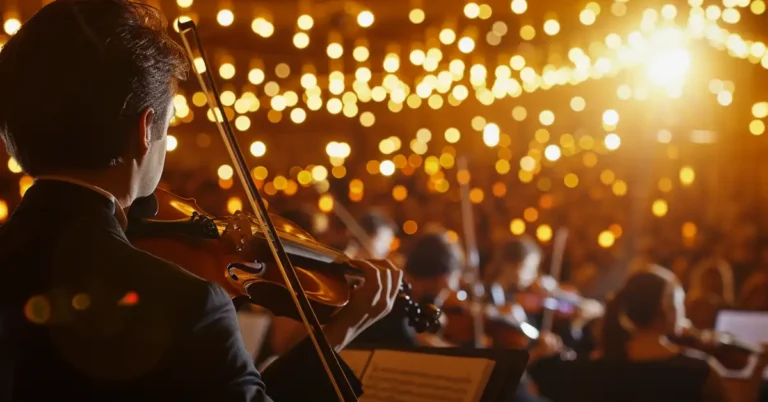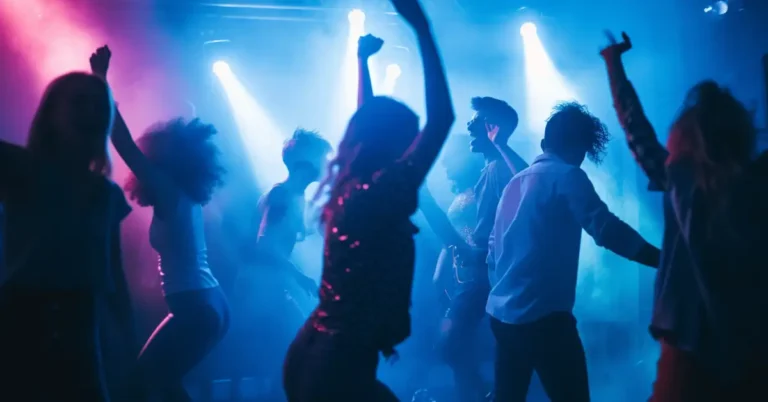Welcome to the world of contemporary folk music! This ever-evolving genre has come a long way since its humble beginnings in the mid-20th century, seamlessly blending with various musical styles and traditions. As we explore this captivating landscape, we’ll delve into its diverse themes of life, love, and loss, and its emphasis on storytelling and emotional expression. With its ability to adapt and expand, contemporary folk music incorporates elements from various cultures and genres, creating a genuine and unique sound while staying true to its roots.
How Does Contemporary Folk Music Evolve?
As lovers of contemporary folk music, we’ve witnessed its evolution over the years, adapting to new influences while maintaining a connection to traditional folk roots. This remarkable journey started back in the mid-20th century, when a new wave of folk music began to emerge from traditional origins, reaching its zenith during the 1960s with the second folk revival1.
The appeal of contemporary folk lies in its ability to create a bond between modern sensibilities and rooted tradition. By intertwining these elements, it not only tells the story of our culture but also resonates with wide-ranging emotions.
During this period, many impressive artists made their mark on the genre, including the legendary folk singer-songwriter Woody Guthrie, who played a vital role in shaping contemporary folk music by the 1930s2. This captivating music reached even greater heights with the emergence of post-Bob Dylan folk singer-songwriters, who brought fresh perspectives and innovation to the mix.
The appeal of contemporary folk lies in its ability to create a bond between modern sensibilities and rooted tradition. By intertwining these elements, it not only tells the story of our culture but also resonates with wide-ranging emotions. Moreover, contemporary folk music retains its relevance by incorporating multiple genres like indie, rock, and even electronica. This ever-changing dynamic makes it compelling far beyond its initial foray into the mainstream.
The realm of contemporary folk music is as rich and diverse as the communities it represents. From the powerful storytelling of folk singer-songwriters to the electrifying energy of contemporary folk revival bands, there is a flavor to suit every music lover’s taste. With an abundance of contemporary folk artists dedicated to pushing the boundaries of the genre and more listeners discovering its beauty every day, the future of contemporary folk music looks brighter than ever.
Footnotes
- Contemporary folk music – Wikipedia ↩
- The Evolution Of Folk Music: From Traditional To Contemporary ↩
Influence of American Folk Revival
As fans of contemporary folk music, we can’t help but acknowledge the significant impact the American Folk Revival has had on the genre. The late 1950s and early 1960s saw a resurgence of interest in traditional forms of folk music in both the United States and the United Kingdom. Young musicians of the era drew inspiration from contemporary records and sought to revitalize the rich heritage of folk music.
Pioneering folk singer/songwriters like Pete Seeger and Woody Guthrie played a monumental role in setting the stage for this revival. They were inspired by the social and political climates of their time, weaving their observations and beliefs into powerful, heartfelt songs. This desire to use music as a vehicle for change and reflection remains a core tenet of contemporary folk music today.
As part of the folk revival, people flocked to venues such as coffee houses, open-air concerts, and college campuses to listen and share songs. The interesting thing is that many of these settings still serve as popular locations for contemporary folk music performances. The intimate and welcoming atmosphere of these spaces fosters a strong sense of community within the genre.
Today, contemporary folk music has broadened its horizons, embracing a diverse array of influences and styles. But the essence of the American Folk Revival – the passion, the storytelling, and the connection to our cultural roots – is at the heart of the music we continue to love and celebrate.
Blending Genres in Contemporary Folk Music
What began as a simple, acoustic genre has now blossomed into a rich tapestry of sound that integrates elements from:
- rock
- pop
- folk rock
- indie folk
- fusion genres
- acoustic rock
One of the most interesting aspects of contemporary folk music is its ability to blend with other genres, creating innovative and fresh sounds. Pop and rock influences transformed the traditional folk music landscape, breathing new life into the genre and attracting a new generation of fans.
Folk rock emerged as a popular subgenre in the 1960s when artists like Bob Dylan began experimenting with electric instruments. This shift paved the way for indie folk, which can be characterized by its fusion of traditional folk elements and modern indie rock sensibilities.
Meanwhile, acoustic rock has found its way into contemporary folk music, providing a stripped-down, soulful dimension to the genre. By incorporating a diverse range of influences, contemporary folk artists have created a unique soundscape that pays homage to the roots of the genre while also pushing its boundaries.
Today, artists continue to experiment with blending genres within contemporary folk music, ensuring an ever-evolving and exciting listening experience for fans like us. As we embrace these growing subgenres and fusion sounds, we can look forward to a diverse and engaging future for the world of contemporary folk music.
Key Artists and Classic Folk Songs

As lovers of contemporary folk music, we can’t help but look back at the influential artists who shaped the genre. Artists like Bob Dylan, Joan Baez, Judy Collins, Pete Seeger, and Woody Guthrie have left a lasting impact on the world of music.
Bob Dylan, often considered the godfather of contemporary folk music, changed the genre forever with his poetic lyrics and innovative songwriting. Some of his most well-known songs include “Blowin’ in the Wind” and “The Times They Are a-Changin’,” which became anthems of social change.
Joan Baez, another icon of the folk music scene, used her powerful voice to spread messages of love and peace. Her rendition of “We Shall Overcome” became the rallying cry for civil rights activists, while other songs, like “Diamonds and Rust,” showcased her unique storytelling abilities.
Judy Collins, with her angelic vocals and emotive songwriting, played a significant role in popularizing folk music. Her unforgettable performances of “Both Sides Now” and “Send in the Clowns” remain staples of the folk music genre.
Pete Seeger, a staunch advocate for social justice, used his banjo and powerful lyrics to inspire countless listeners. His song “Where Have All the Flowers Gone?” poses a haunting question that continues to resonate today, while his adaptation of “This Land Is Your Land” celebrates the shared beauty of America.
Lastly, Woody Guthrie, often regarded as the godfather of folk music, used his plain-spoken storytelling to bring attention to the struggles of everyday Americans. His classic songs, like “This Land Is Your Land” and “So Long, It’s Been Good to Know Yuh,” continue to inspire future generations of musicians and listeners alike.
Themes in Contemporary Folk Music

As lovers of contemporary folk music, we often find ourselves captivated by the remarkable themes that are explored through both lyrics and melodies.
One prevalent theme in contemporary folk music is topical songs. These songs address current events, political issues, and social concerns, often providing commentary on the world around us. By dealing with relevant and pressing topics, artists engage their audience in meaningful discussions while raising awareness of issues that affect us all.
Another theme that strikes a chord with listeners is introspective songwriting. Many contemporary folk artists delve into their inner thoughts and emotions, inviting us into their world through touching and relatable lyrics. These intimate stories can elicit an array of emotions ranging from joy to heartbreak, connecting with us on a deeply personal level.
Personal experiences also play a significant role in the inspiration behind contemporary folk music creations. Artists often pull from their own lives and memories, sharing their journeys through song. Through these personal narratives, we get unique glimpses into the lives and experiences of the artists, fostering a bond between musician and listener that transcends time and distance.
Folk Music Venues and Influence on Social Behavior

As lovers of contemporary folk music, we know how important the right venues are to truly enjoy the art. Folk clubs, coffee houses, and social gatherings are often the perfect settings to soak in the raw stories and emotions that come with the genre. These spaces not only provide a welcoming atmosphere for musicians to perform but also serve as platforms for spreading messages and influencing social behavior.
The beauty of contemporary folk music lies in its ability to convey stories and messages that resonate at a deeper level. Much like the Social Power of Music, folk music can bind, incite, and memorialize events and social issues, making it a powerful tool for change.
Folk clubs and coffee houses are often at the forefront of fostering a sense of community and nurturing the connections between artists and audience members. Many performers use these settings to share their experiences, provoke thought, and inspire action on various social themes. For instance, the influences of musicians like Pete Seeger have greatly impacted social change through folk music.
As we continue to celebrate and enjoy contemporary folk music in various venues, it’s essential to appreciate the profound influence this art form can have on our social behavior. We invite you to join us in cherishing the meaningful connections and thought-provoking conversations that arise from every heartfelt performance in these unique venues.
The Role of Independent Labels in Folk Music
As lovers of contemporary folk music, we know the importance of the independent labels that play a significant role in preserving and promoting folk traditions. These organizations are the backbone of the contemporary folk scene, nurturing talents and allowing artists to grow and flourish without the constraints of mainstream commercial pressures.
One standout example is ATO Records, an independent label co-founded by Dave Matthews that has been instrumental in supporting contemporary folk music. They’ve managed to maintain their folk-centric roots while also providing a platform for talented musicians to showcase their work.
Another key player in promoting folk music is the nonprofit label Smithsonian Folkways. Founded in 1987, their mission is to preserve and celebrate folk and world music traditions. By supporting contemporary artists performing these genres, they ensure that these rich musical legacies endure for future generations.
Independent labels offer a unique collaborative environment, where artists have the freedom to create music that stays true to their roots. This approach has been crucial to the continued growth and success of contemporary folk music, allowing it to evolve while staying grounded in the distinct folk traditions.
Our Top Songs of Contemporary Folk Music
Contemporary folk music has evolved, encapsulating new styles and artists that bring fresh perspectives to this beloved genre. We’ve handpicked some top songs and artists that deserve your attention, adding depth and diversity to your playlist.
Emmylou Harris has built an illustrious career with her soulful vocals and evocative songwriting. A prime example of her captivating work is her collaboration with Bon Iver on the track “Flume“, showcasing the perfect blend of tender melodies and haunting harmonies.
Moving across the Atlantic, Eliza Carthy has been making waves in the British folk scene for many years. Her unique fusion of traditional and modern elements has garnered her critical acclaim and a loyal fan base. One standout track is her haunting rendition of “Cold, Haily, Rainy Night“.
Another artist who’s taken the contemporary folk world by storm is Anaïs Mitchell. Alongside her work in the supergroup Bonny Light Horseman, she also released the enchanting song “Deep in Love“.
The timeless appeal of groups like The Kingston Trio and The Almanac Singers is undeniable. These pioneers paved the way for future generations of musicians, such as Brandi Carlile, whose powerful anthem “The Story” captures the spirit and essence of modern folk.
Classic albums, like Bob Dylan’s groundbreaking “Bringing It All Back Home“, still resonate with today’s listeners, while newer talents like Steve Goodman carry on the tradition with tracks like “City of New Orleans“.
FAQ
What is considered modern folk music?
Modern folk music is a genre that emerged in the mid-20th century, featuring contemporary themes and instrumentation, acoustic sound, minimal arrangements, and singer-songwriters interpreting classic folk songs.
Is folk music a contemporary music?
Yes, folk music is a contemporary music genre that emerged in the mid-20th century and is still popular today. It refers to a wide variety of genres associated with traditional folk music, featuring rising and iconic songsmiths and storytellers.
What is the difference between traditional folk music and contemporary folk music?
Traditional folk music is rooted in the oral traditions of a particular social group and has been passed down through generations. In contrast, contemporary folk music often deals with current themes and features songwriting that can be attributed to a specific composer.
What are the seven types of folk music?
The seven types of folk music include traditional, country, acoustic, roots, Celtic, bluegrass, and old-timey folk music.
If you liked this blog post about the topic: “Contemporary Folk Music”, don’t forget to leave us a comment down below to tell us about your experience with it.
If you want to keep reading more from us, have a look at these articles.
